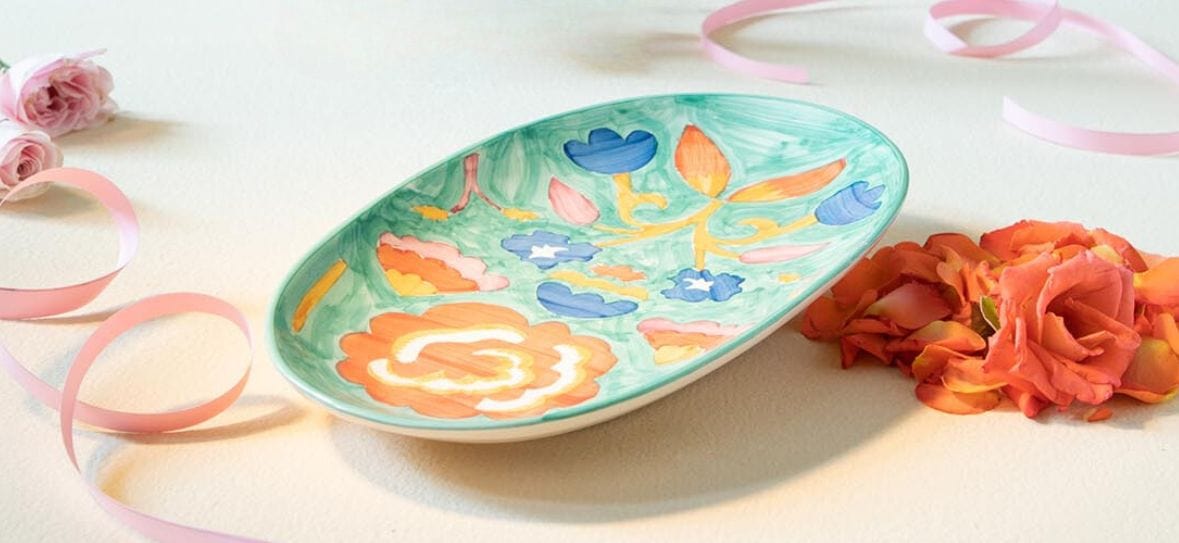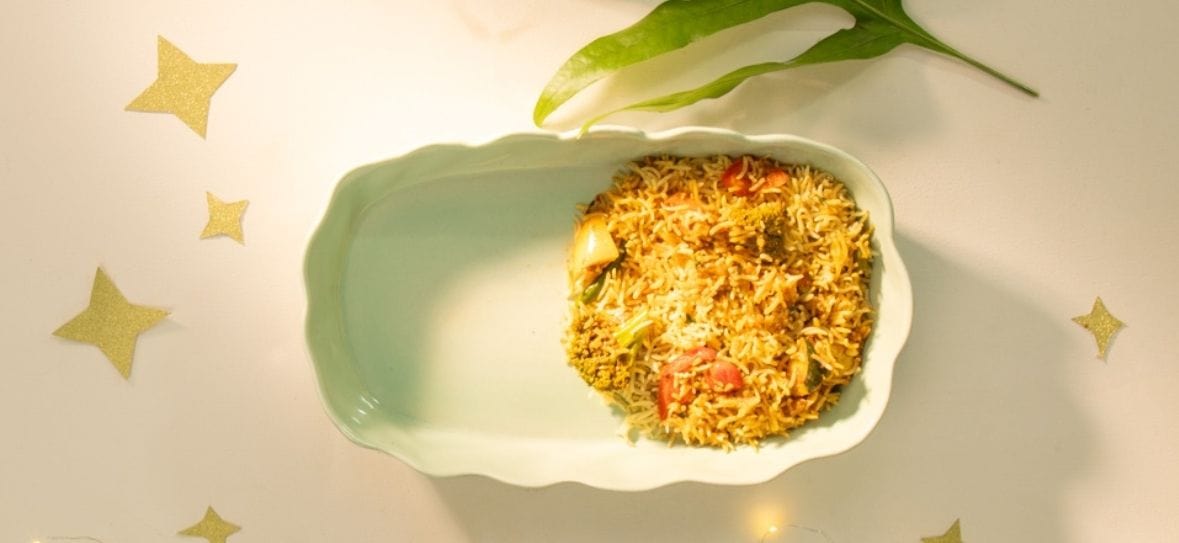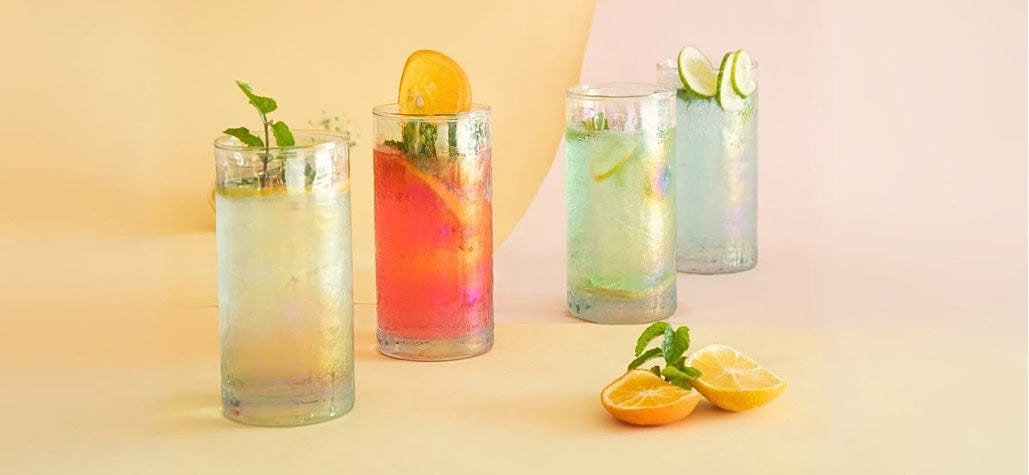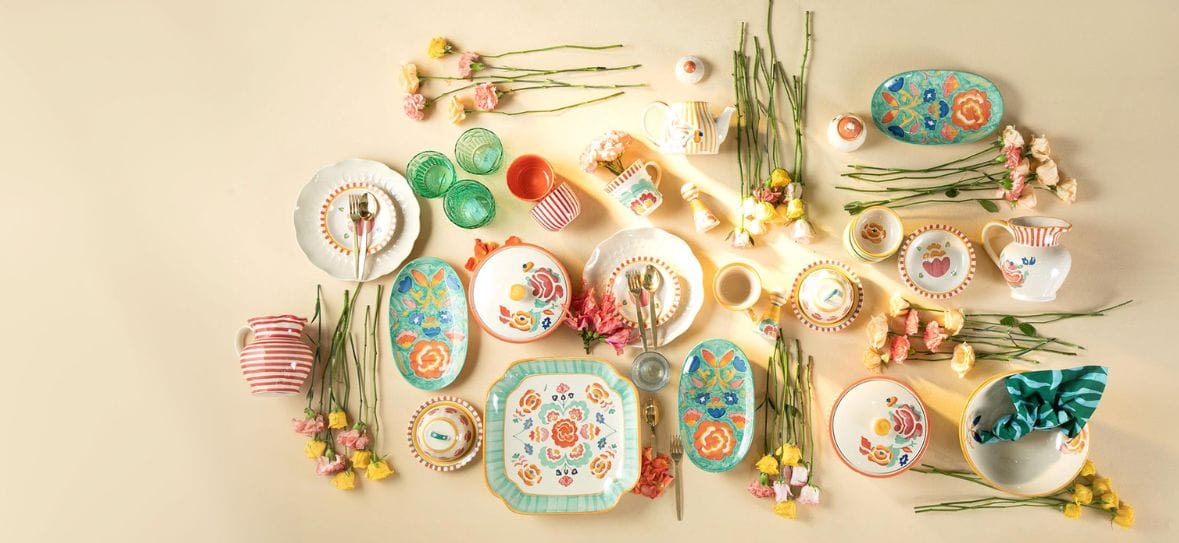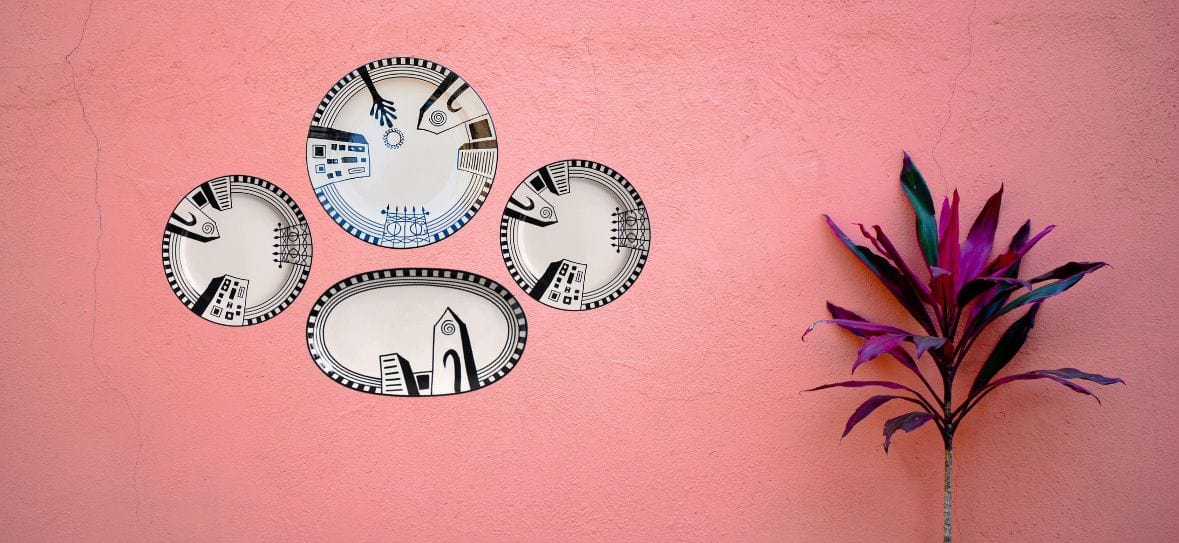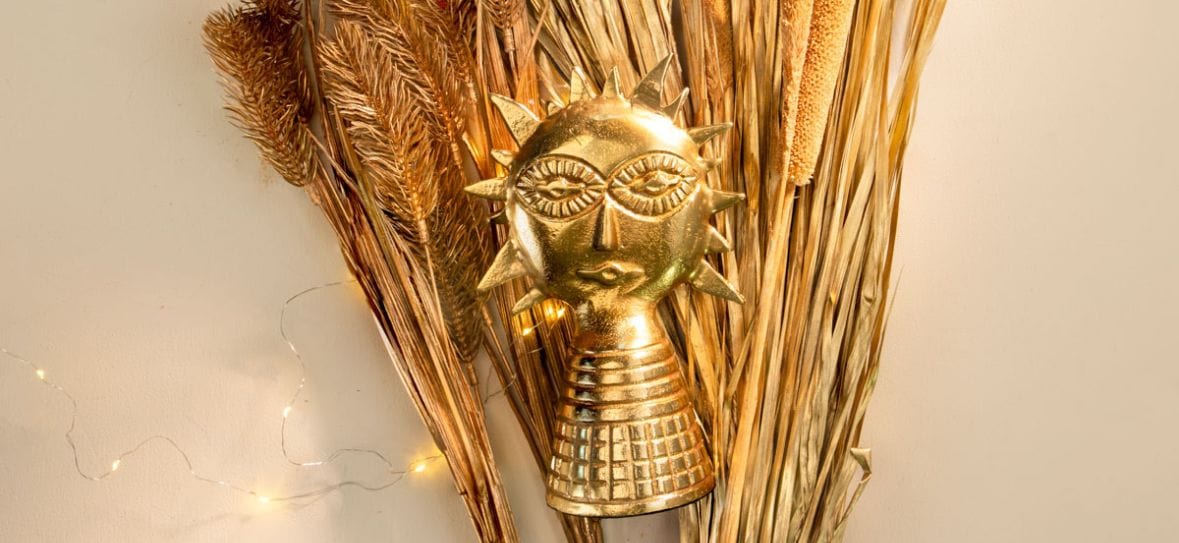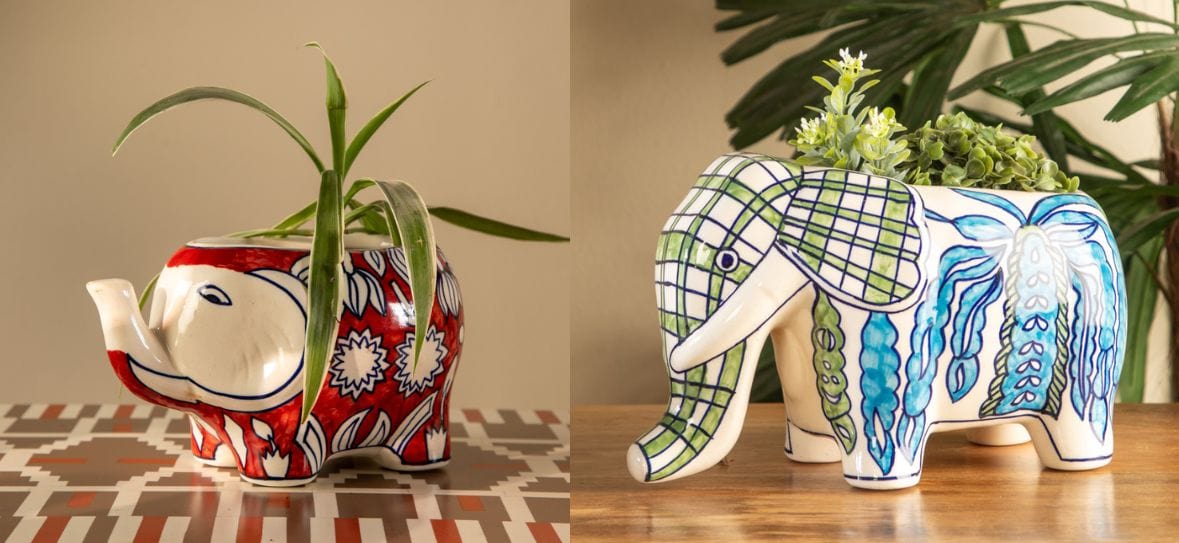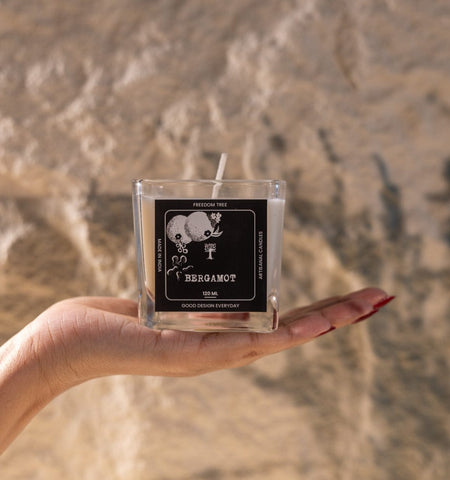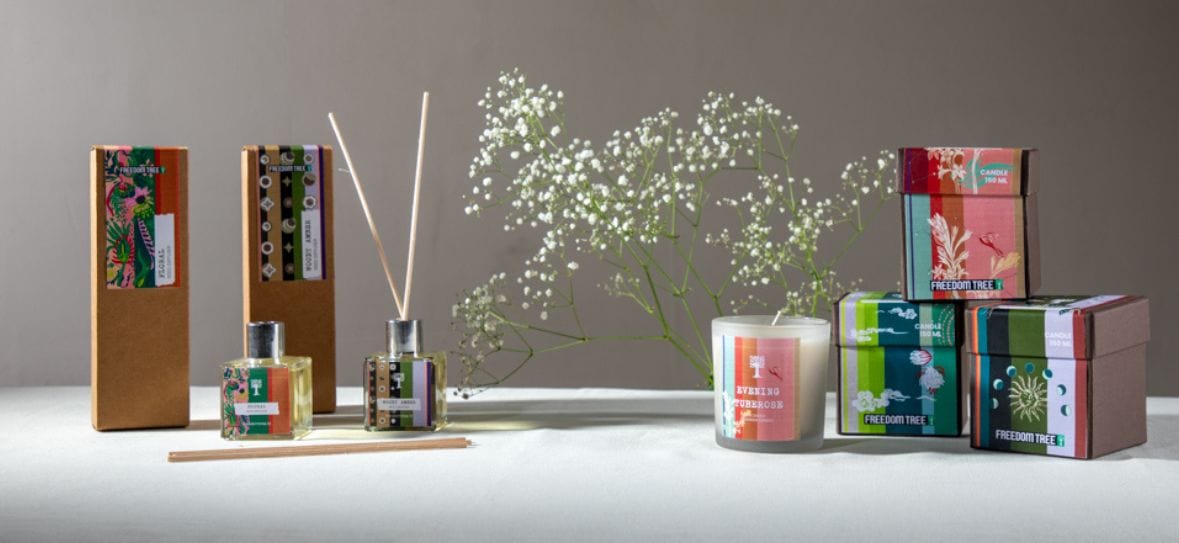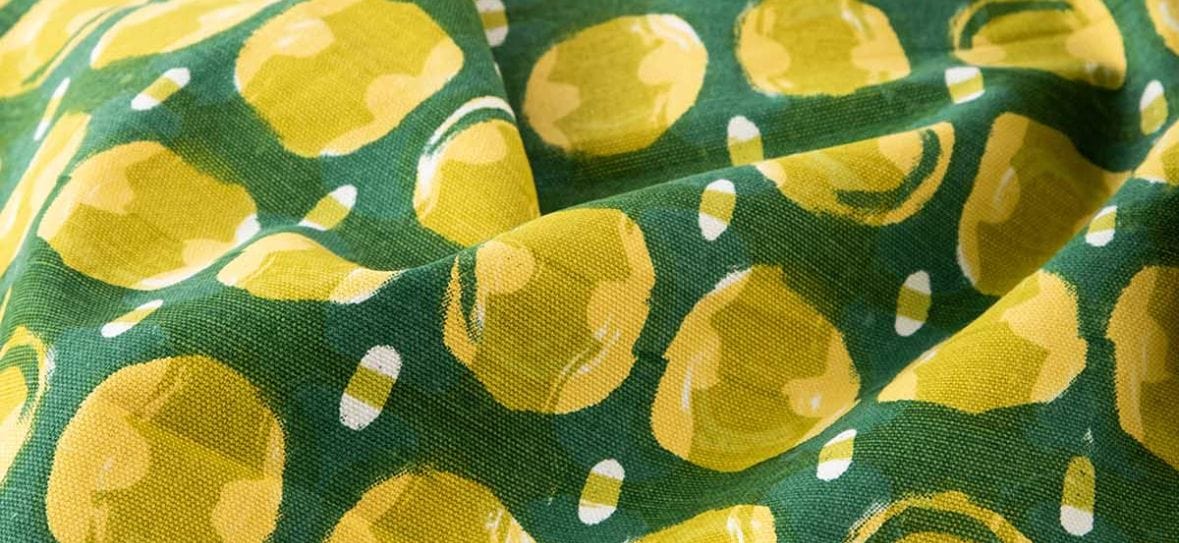Social Plants:
History and Cultural Impact
Plants have inspired, healed, and intoxicated us since before the dawn of civilization. They have moved hearts and empires, inspired songs and movements. Some of our favorite writing about plants and flowers has found an expression in our Spring-Summer 2024 collection, Plant Life, a print opus on the beauty and healing power of plants.
Check out our Recommended Reading List for some of the most interesting books we’ve come across on the beauty and history of flowering plants.
The Garden of Life
-Naveen Patnaik
A hidden gem, limited circulation book, that introduces the reader not only to the healing plants of India, but also to Ayurveda, a philosophy founded thousands of years ago in the Himalayas. Illustrated with 70 lavish paintings by eight Indian artists, the book unfolds beautifully covering the Sacred, Medicinal, Culinary, Cosmetic, and Aromatic aspects of plants.
The book inspires much of the thinking for our Plant Life Collection, which focuses on the sacred, beautiful and healing power of plants. As we move through the year, our design studio will explore the culinary, cosmetic, and aromatic expressions of flowering plants.
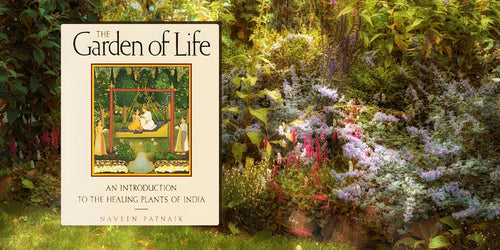


Spring Cannot Be Cancelled
-David Hockney & Martin Gayford
Celebrated Artist, David Hockney, on turning eighty, sought out a rustic tranquility for the first time. Written during the Covid-19 lockdowns, Hockney set himself up in a centuries-old farmhouse in Normandy to paint the arrival of Spring. The book is an uplifting manifesto that affirms art’s capacity to divert and inspire. Our Spring opus – Plant Life – takes inspiration from his infectious enthusiasm and sense of wonder at light, color, space, perfection, water, and trees.
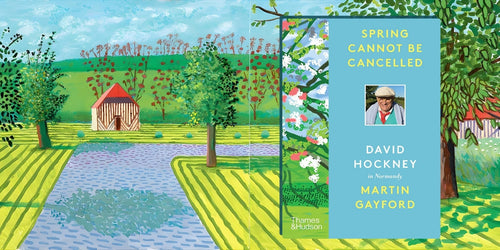
“We have lost touch with nature, rather foolishly as we are a part of it, not outside it. This will in time be over and then what? What have we learned?”
- David Hockney

“We have lost touch with nature, rather foolishly as we are a part of it, not outside it. This will in time be over and then what? What have we learned?”
- David Hockney

Botany of Desire: A Plant’s Eye View of the World
-Michael Pollen
An absolutely smashing read, that opens your eyes to humanity’s symbiotic relationship with plants. He masterfully links four fundamental human desires—sweetness, beauty, intoxication, and control—with the plants that satisfy them:the apple, the tulip, marijuana, and the potato.
Exploring the science, culture, and history of these plants and looking at the world from a plants-eye-view, gave us a different lens as rendered the prints in our Plant Life collection.

Most interesting Fact: .
Tulips were so prized in Holland briefly during the 17th century, that it created one of history’s first speculative bubbles and market crashes.

Most interesting Fact: .
Tulips were so prized in Holland briefly during the 17th century, that it created one of history’s first speculative bubbles and market crashes.

The Book of Flowers: Flowers in Art
-Angus Hyland
Shortlisted for the Booker Prize, this edifice of modern Indian literature is set around the Indian Ocean at a time of colonial upheaval, just before the outbreak of the Opium Wars with China. The book follows a diverse cast of characters, brought to life with an inspired writing style. The backdrop of colonial aggression, the rising power of opium, and individual lives caught up in it, make for compelling reading. Our Aphim print captures the outline of the poppy plant not just for its long history of benign use in traditional medicine, but also as a nod to the historical disruption it has brought.

"There is nothing more difficult for a truly creative painter than to paint a rose, because before he can do so, he has first to forget all the roses that were ever invented"
- Henri Matise
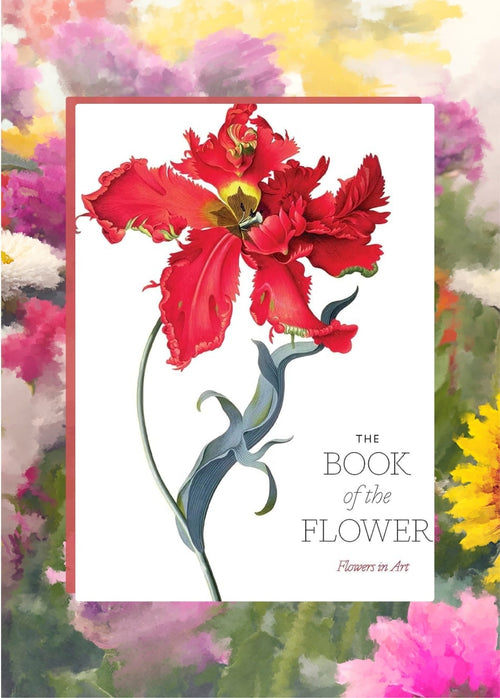
"There is nothing more difficult for a truly creative painter than to paint a rose, because before he can do so, he has first to forget all the roses that were ever invented"
- Henri Matise

Sea of Poppies: A Novel
-Amitav Ghosh
A book for enthusiasts or students of art, the book features illustrations and short texts about great artists and their interest in particular flowers. From Georgia O'Keeffe's sumptuous close-ups to Matisse's roses, and Keika Hasegawa's chrysanthemums. The work of modern artists, their sketches, and explorations, informs our illustrations and Hero Prints from the Plant Life collection.

"Maybe that’s what they call the chutney of history, Mr. Chillingworth – a condiment of blood and hair with a bite of bone".
-Sea of Poppies

"Maybe that’s what they call the chutney of history, Mr. Chillingworth – a condiment of blood and hair with a bite of bone".
-Sea of Poppies

The Naming of Names: The Search for Order in the World of Plants
-Anna Pavrod
This book traces the search for order in the natural world. This was a search that for hundreds of years occupied some of the most brilliant minds in Europe, redefining man's relationship with nature. Gradually, in Europe, plants assumed identities and acquired names, then two-part scientific names and taxonomies; artists painted the first pictures of them. Who began all this work, and how was it done? In our Plant Life collection, we name prints after the flowers they illustrate, drawing directly from ancient Sanskrit terms for most, a deliberate evocation of the local traditions.
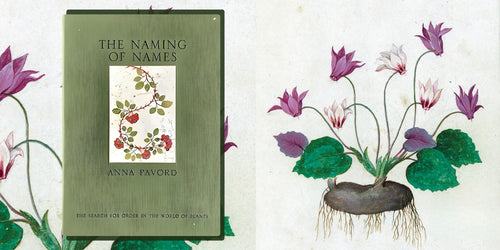


Pepper: A History of the World's Most Influential Spice
-Marjorie Schaffer
A delightful read about the history of the world’s most important spice. A key medicine for traditional healers and apothecaries across Asia and the Old World, it moved empires and sparked a colonial rush towards India and South East Asia. Schaffer traces the history of the condiment from ancient times and lingers over the trade that grew and centered around Asia during the colonial period. An abstraction of pepper corns is translated onto our Marica Print from our Plant Life collection. The trippy colors and forms vibrate an energy of this most important plant.

“Pepper is small in quantity and great in virtue”
-Plato

“Pepper is small in quantity and great in virtue”
-Plato

The Drunken Botanist: The Plants that Create the World’s Greatest Drinks
-Amy Stewart
A quirky guide that explains the chemistry and botanical history of over 150 plants, tree, flowers, and fruits, showing how they form the bases of our favorite cocktails. From gardening tips to advice for amateur mixologists, you’ll be reaching for this book every-time you’re planning a special evening for guests, or just yours at home. Plants that heal and intoxicate take centerstage in our Plant Life textile collection for 2024. Have some fun with these recipes as you celebrate nature’s power to lubricate and libate our gatherings!

Most Interesting Fact:
A single glass of the classic Manhattan cocktail may contain just three ingredients and a garnish, but it is actually composed of over 20 plants.

Most Interesting Fact:
A single glass of the classic Manhattan cocktail may contain just three ingredients and a garnish, but it is actually composed of over 20 plants.











































































































